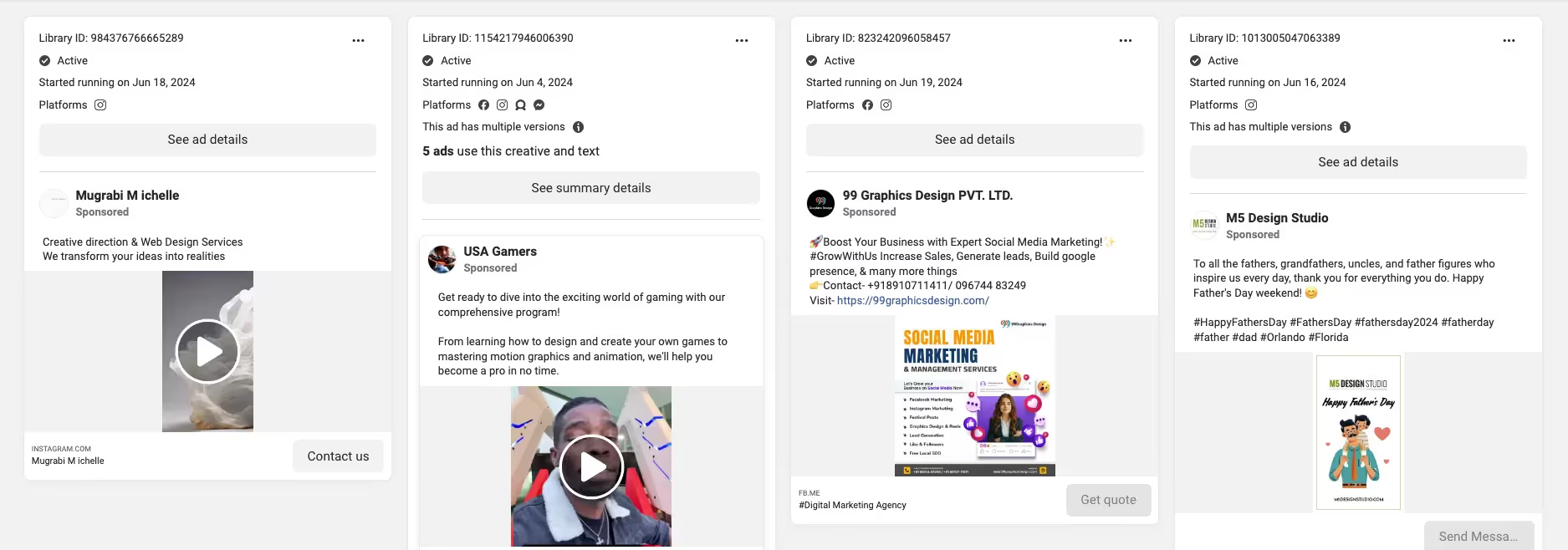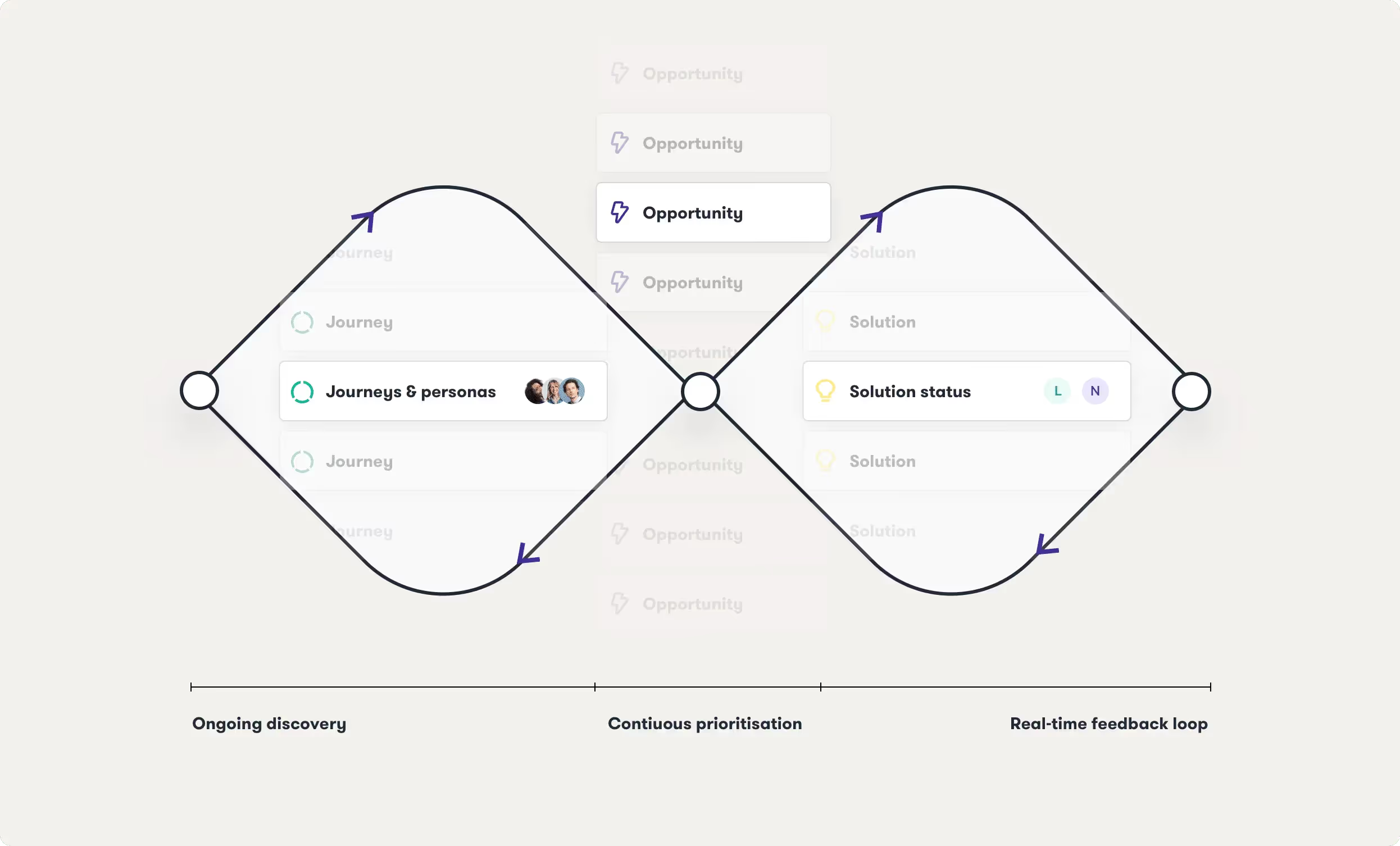Creative Project Management: The Complete Guide [2025]
Managing projects in a creative agency is complex. This complete guide will help you navigate which strategies to use to deliver successful outcomes.

.avif)

.avif)
When you work in a creative field, project management is more than just deadlines—it's about nurturing ideas, collaborating, and delivering inspiring work.
Creative agencies are at the forefront of this, redefining project management to suit the unique needs of design, software, video production, advertising & more.
Let me take you on this journey to uncover:
By the end of it, you should be able to make it a part of your agency, company department, or even solo endeavor.
(Although the lessons taught here are about teamwork first!).
Creative project management is an approach tailored to the workflows of creative projects like design, video production, ad creative, TV / film, and even software.

Unlike traditional project management methods, which often prioritize strict timelines and rigid processes, creative project management embraces the fluid nature of creative work, allowing for flexibility, innovation, and artistic expression.
This doesn’t mean that time and budget constraints aren’t important!
In fact, constraints are a large driving force behind it all…
The main goal of creative project management is to create an environment where ideas flow freely, but within certain bounds.
A good example is the length of a tweet.
Although a tweet traditionally allowed 280 characters (140 before 2018), that limitation allowed a lot of creativity within the bounds of those characters.
It made Twitter a place where people from all walks of life could express powerful ideas quickly and concisely, making a significant impact in the world around us.
And that’s exactly what creative project management aims to do:
» Enabling impactful project outcomes by fostering team
members’s creativity within specific restraints
To this extent, a lot of frameworks were developed in various settings to try and solve what is conceptually a simple idea but practically an immense undertaking:
All the frameworks above are valid concepts for creative project management when applied to different contexts.
Choosing one that works for you is a matter of trial and error.
Get a sense for a few of them early in the process.
Yes and no.
What’s different are the methods.
What’s not so different are the objectives and restraints.
For example, if you are given a $5000 / month budget for a specific project, there’s no way of getting around that particular restraint.
Creative PM isn’t any different here.
Same if the client asks you to build on WordPress instead of Webflow.
Creativity just can’t help you where you have strict constraints.

But what it can do is help you deliver better results within those constraints.
Traditional project management still considers time and budget limits, but it doesn’t necessarily stipulate how creativity can promote a project’s outcome.
Instead, it tries to identify most of the elements of a project beforehand, and then “simply” carries out each part of the project one after the other.
This is also referred to as a waterfall methodology.
And it’s the farthest thing from being creative.
It’s rigid, predetermined, and quite slow.
Creative project management does away with having to know everything beforehand. Instead, it embraces some level of chaos going into a project.
A lot of companies will be screaming from the rooftop at this point:
“Just do agile!!!”
Agile is a popular PM framework that stipulates 4 ground rules:
These are great, concise teachings.
I’ve used them myself to grow in my professional career, especially #1.
However, agile has been stretched to more than just a few principles but rather an entire project management behemoth particularly loved by enterprises.

And I’ve personally experienced what that means:
In theory, agile does promote a healthy understanding of software development; it’s true that you need continuous delivery for a piece of software to succeed.
But that doesn’t necessarily apply to other creative projects or industries.
If you have to deliver a new version of your project every 1-2 weeks, what time do you really have for the collective creativity of your team to shine?
Not much.
I wouldn’t rule out agile entirely however.
If you run a productized agency for example (as opposed to a project-based one), it could work for you as they’re usually more centered around iterative deliveries.
While creativity can often run adrift, there are specific phases and steps that you can take to reign in the chaos and turn it into a beneficial process.
Effective project management in creative fields begins by establishing clear constraints.
Constraints serve not only as boundaries that define the scope of work but also as catalysts that can drive creativity by forcing teams to think differently.
In fact, companies often create constraints for teams developing new products.
A few best practices:
Just as poets use structured formats like sonnets or haikus to spark creativity, you can test formats like productizing your services, which by definition is a way of constraining them.
Brainstorming within predefined constraints is immensely productive.

For example, Design Thinking uses empathy and ideation processes from the user’s point of view that provide an iterative guidebook for product development:
From a chaotic idea dump to a strategic exploration of possibilities, brainstorming within constraints is fundamental to delivering the 1st iteration of a project.
Prototyping is a critical step in making abstract ideas tangible, and it benefits greatly from emphasis on rapid prototyping and immediate feedback.
This phase integrates iterative design principles from various creative frameworks to refine prototypes efficiently.
With rapid prototyping and iterative feedback, creative teams can evolve their projects quickly, ensuring that final outcomes are aligned with user expectations.
Feedback is a vital component of the creative process, offering insights that can significantly refine and improve a project outcome.

Drawing on principles from the Design Thinking feedback loop, you want to emphasize iterative learning and improvement based on user responses:
Incorporating structured feedback mechanisms ensures that every iteration of the product is more aligned with the user's needs and expectations.
Moving beyond traditional iterative processes, applying a Design Sprint framework can accelerate the development and validation of ideas.

This method, developed at Google Ventures, compresses weeks of design processes into a few days, emphasizing rapid prototyping and immediate user testing.
The Design Sprint is particularly effective for projects requiring quick turnaround and definitive results, e.g. website re-designs or high-quality 3D renderings.
Adaptability is key in managing creative projects, as each project provides new learning opportunities. The Adaptive Project Framework (APF) principles, which allow project parameters to evolve based on learnings from each project cycle.
By embracing an adaptive approach, your team can continuously improve its project management practices.
This ensures that each project meets and exceeds expectations, leveraging past successes and lessons to increase future performance.
Efficient tooling is crucial for managing the complexities of creative projects.

ManyRequests provides a suite of features designed to streamline project management, communication, and client interactions in creative environments:
Integrating specialized tools like ManyRequests into the creative workflow enhances efficiency and client engagement.
By reducing the administrative burden, teams can dedicate more resources to innovation and creative execution, ultimately delivering superior project outcomes.
Adopting creative project management is not about following a set of steps; it's about embracing innovation, flexibility, and continuous improvement.
The concepts discussed, from Design Thinking to Agile to Six Thinking Hats, offer a framework for this cultural shift, ensuring that every project is a creative journey on its own and that no idea is left unattended.
Creativity can be channeled into amazing outcomes.
You just need to start with a few constraints and you’re off to the races.